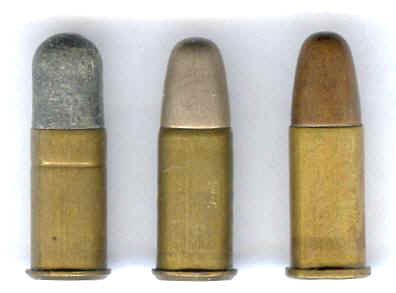
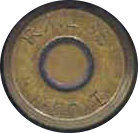
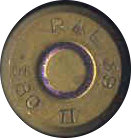
The .380 Enfield:
In 1921 a new revolver was submitted to the Brittish army by Webley & Scott Ltd. This was a .380 calibre revolver. This gun was considered a valuable reduction in weight compared to the existing .455 Webley revolver. But the small arms committee had their doubts about the lack of stopping power of this new .380 Enfield round. Several tests were conducted over a longer period. It took until 1930 before the .380 enfield revolver was issued to the armed forces.
The cartridges:
The ball mk I(z) round was approved for service in 1930. In 1937 it was replaced by the ball mk II(z). The ball mk I had a lead / antimony bullet, the mk II bullet had a coppernickel or gilding metal envelope with a lead / antimony core.
from left to right: ball mk I, 2x ball mk II headstemps:R^L 35 .380 I and R^L 39 .380 II
The proof round Q mk I was copperwashed with a roundnosed lead / antimony bullet. The headstamp included the letter 'Q' and had sometimes a yellow primer annulus. With the introduction of the ball mk II there was also a proof Q mk II approved for service. This cartridge was also copperwashed and the Q II was included in the headstamp.
proof mk 2, headstamp: R^L 45 .380 Q2
The rosecrimped blank cartridge was loaded with blackpowder and the letters L.I.T. were included in the headstamp.
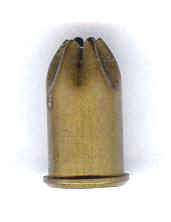
.380 blank R^L 34 .380 I L T
Two types of drill rounds were used, The D mk I and the D mk 2. The D mk I was roundnosed, with a lead antimony bullet. To match the ball mk II, a new drill (mk II) was developed. Drill rounds were normally chrome plated (or made from white metal) and had little vertical flutes (painted red for identification). In 1944 the specifications for drill rounds was relaxed so as to permit the use of defective ball cases.
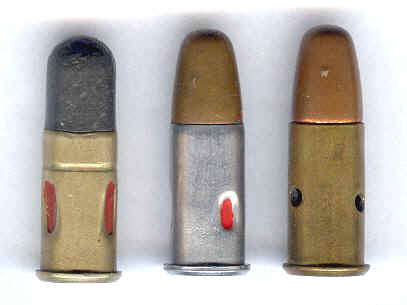
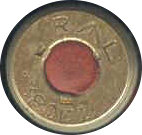
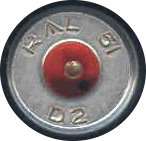
from left to right: D mk I, D mk 2, drill from defective ball case. headstamps: R^L .380 D I, R^L 51 D2
The .380 Enfiend cartridges were packed in small carton boxes.
some examples: